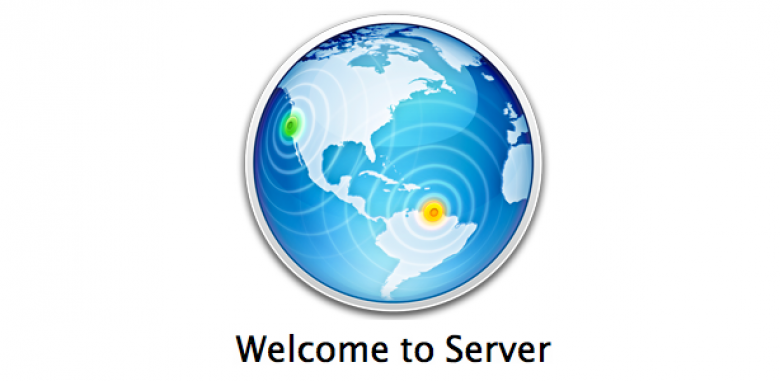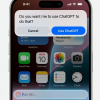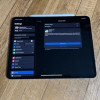A power user's guide to OS X Server
Even long-time Mac users could be forgiven for not knowing anything about OS X Server, the business-oriented version of the operating system that has been developed alongside the better-known consumer version for as long as OS X has existed. For a long while, the software shipped only with the Xserve, Apple's enterprise-class server hardware. Standalone licenses for the unlimited client version of the software cost $1,000 all the way up until Snow Leopard, when the price dropped to a still-imposing $500.
All this changed in early 2011 when Apple discontinued the Xserve and replaced it with repurposed configurations of the Mac Mini and Mac Pro. The former sold (and continues to sell) at the $1,000 price so appealing to power users and small businesses, though the Mini lacks the Xserve's hardware monitoring features or expandability.
With Lion Server and now Mountain Lion Server, the software has followed the hardware in becoming cheaper and simpler, and in shifting its focus from large businesses to small ones. At $50, Lion Server cost only five percent of what Leopard Server did; at $20, Mountain Lion Server costs less than half of that. As the product has gotten cheaper and within reach of regular people, the tools used to administer it have become correspondingly less complex, both in terms of how difficult they are to use and in how powerful they are.










































































